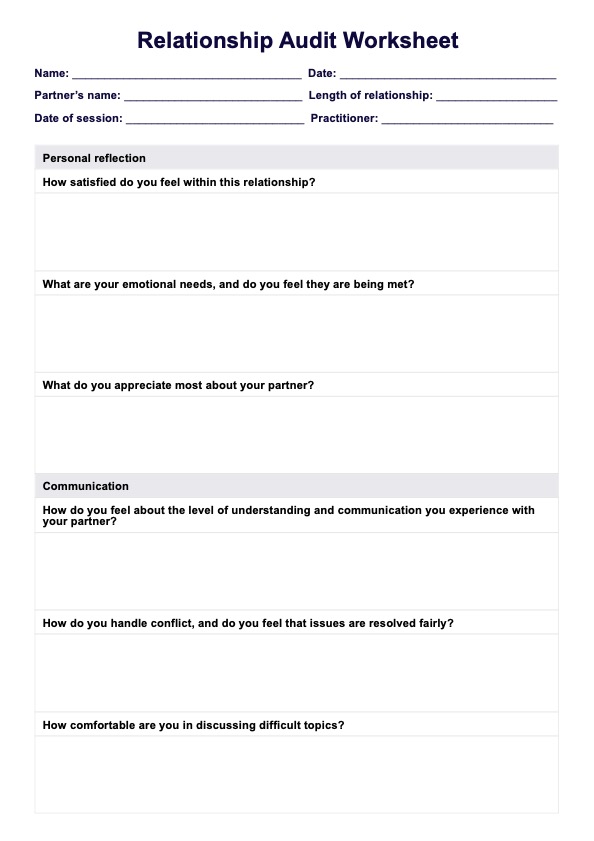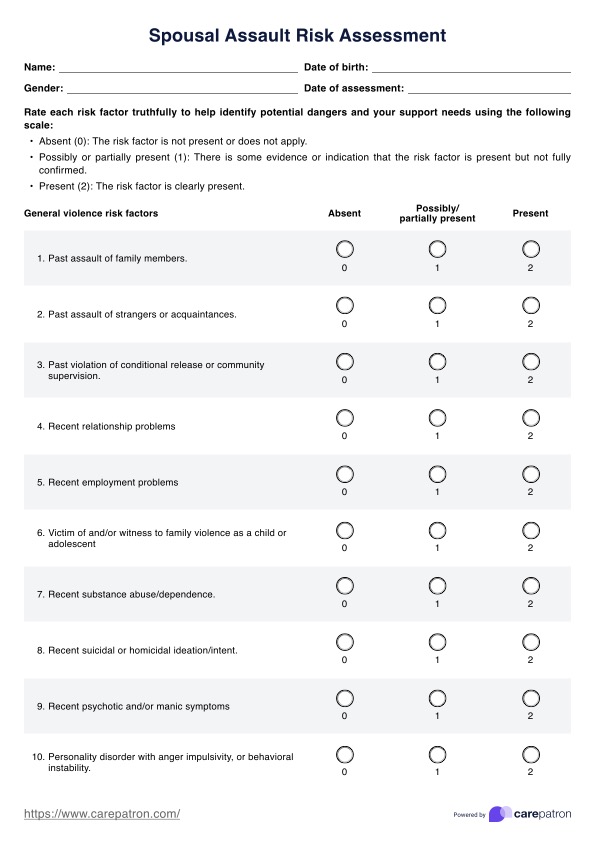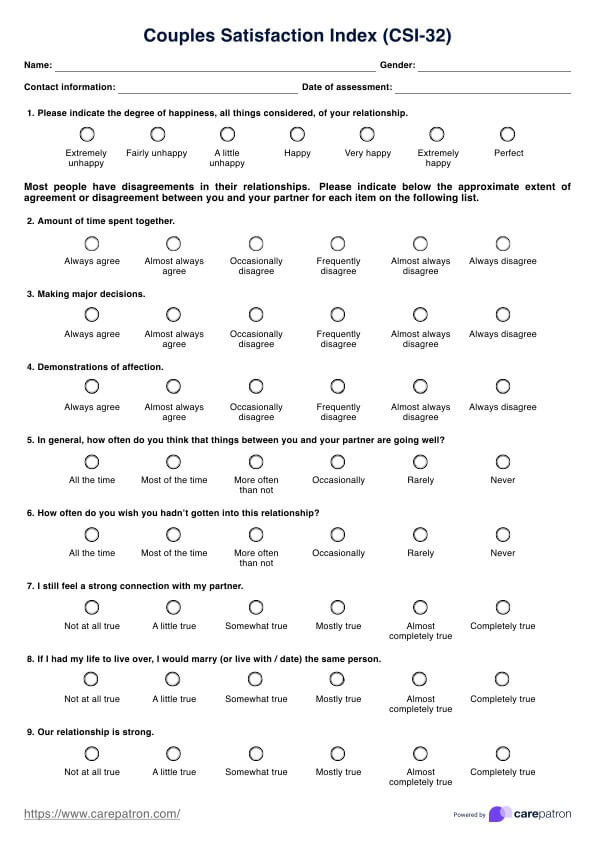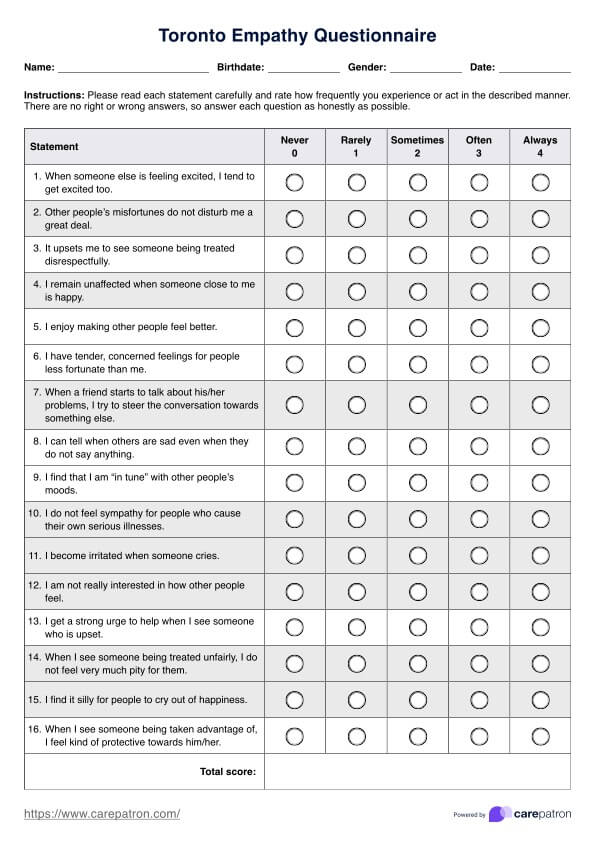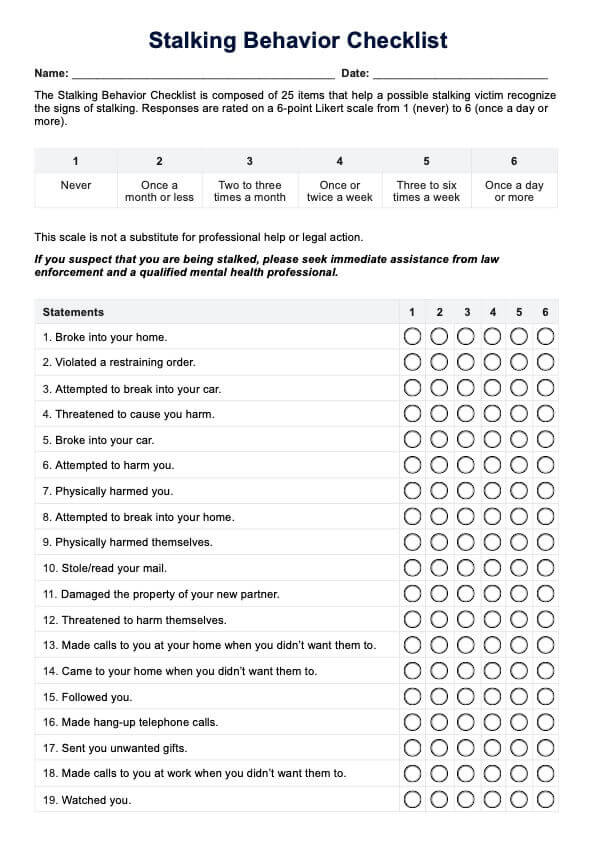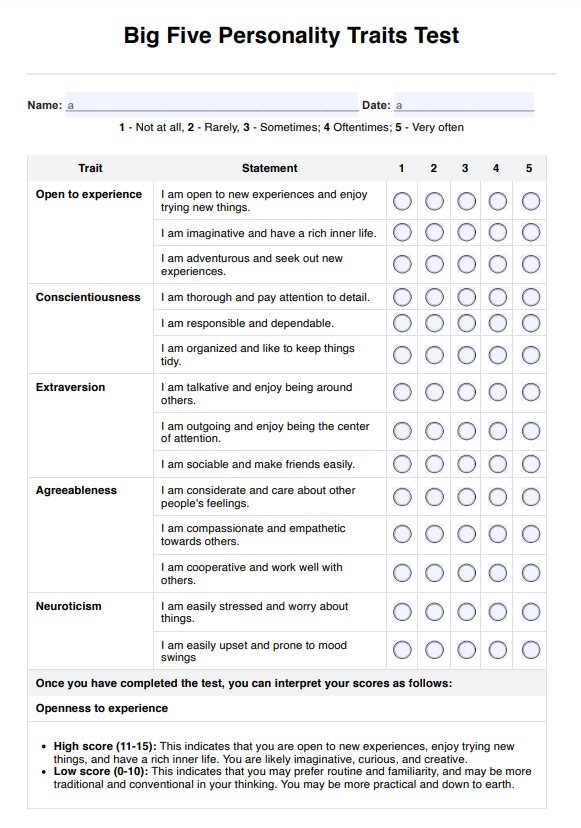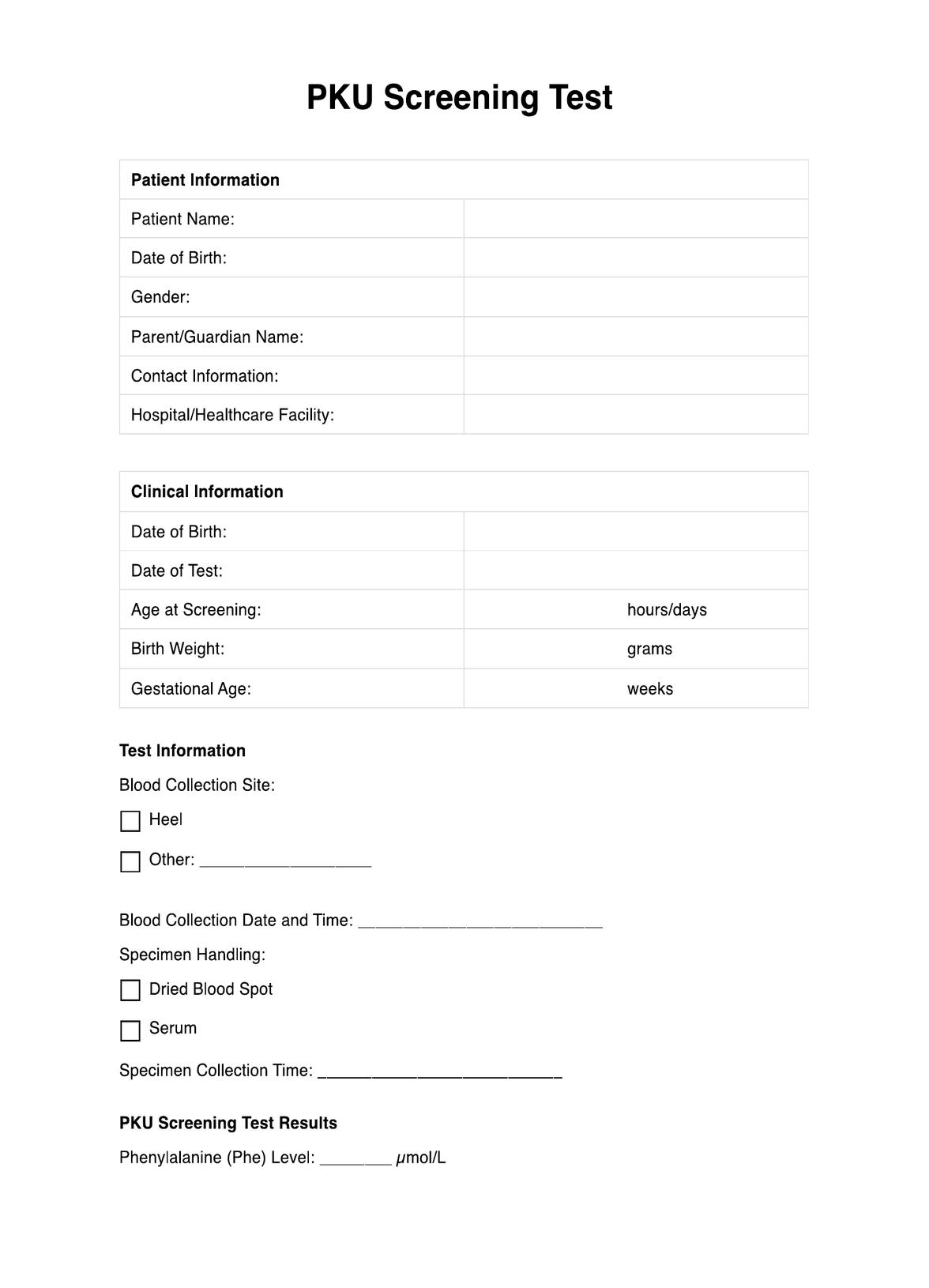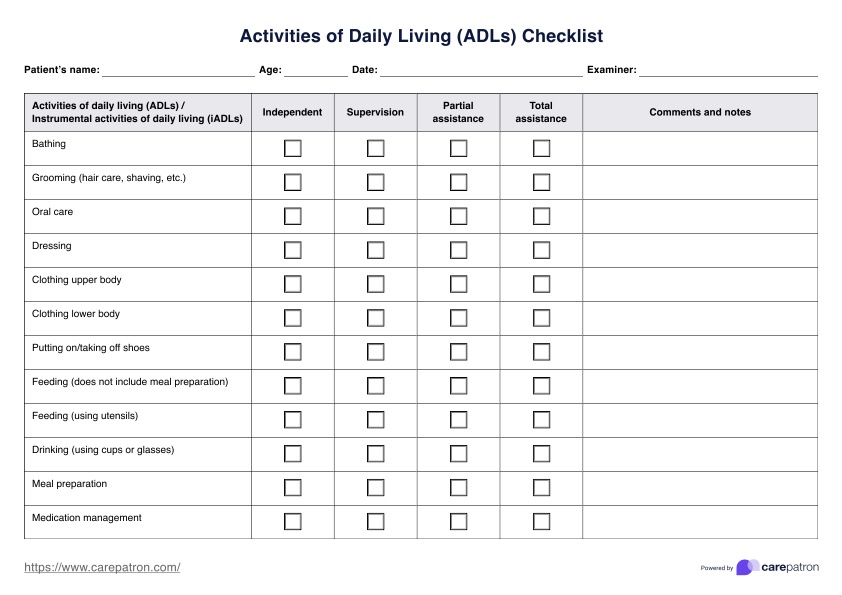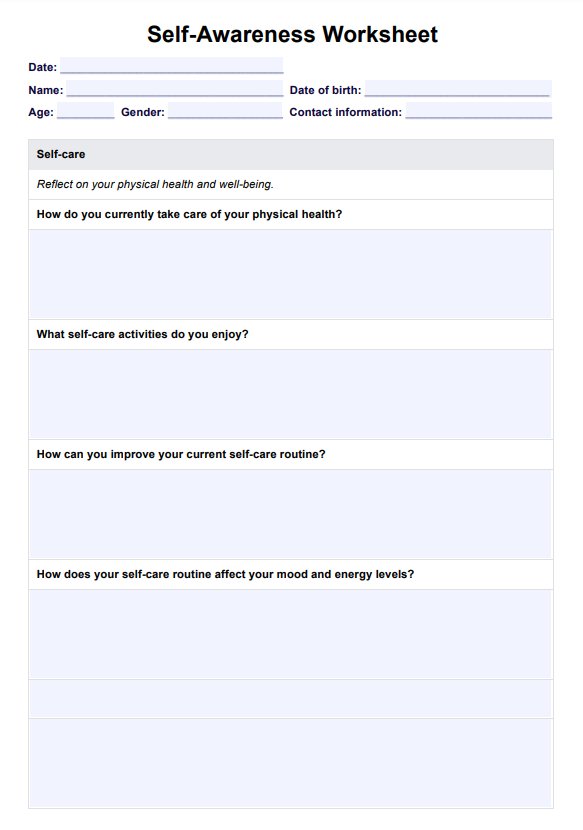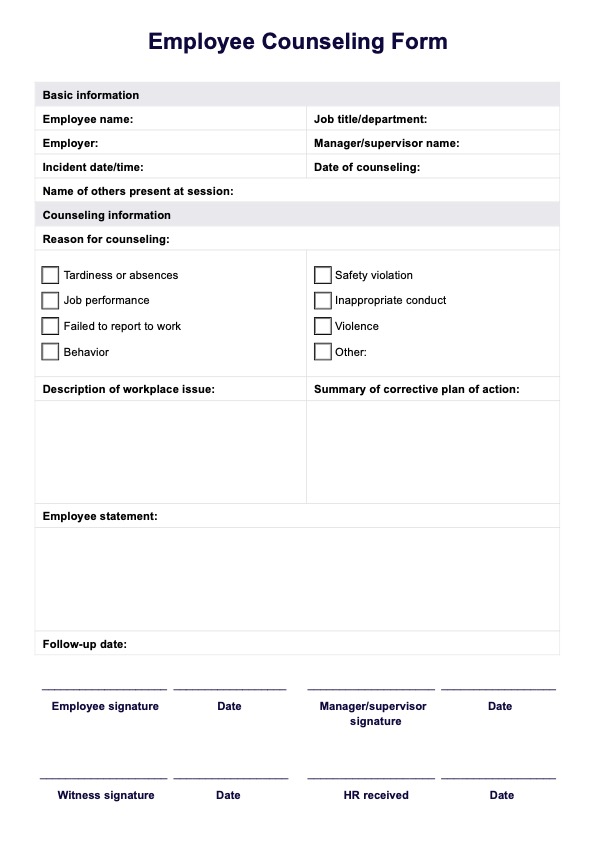Circles of Relationships Worksheet
Encourage clients to explore meaningful connections with our Circles of Relationship Worksheet.


What is a relationship circle?
There is no perfect relationship. Life can be a series of concentric circles, each representing a different level of intimacy and connection. A relationship circle is a visual tool that represents how people connect with others in their lives. This structured diagram helps individuals examine and analyze their social connections in depth by organizing different relationships based on emotional closeness and frequency of interaction.
The basic structure consists of concentric circles with the individual at the center. Each surrounding circle represents different levels of relationships, from closest connections, such as a best friend or close family member in the innermost circle, to more casual acquaintances in the outermost third circle.
Understanding relationship circles is an idea deeply ingrained in human relationships. It's a concept that helps us navigate the complexities of social interactions in many ways, whether at home, at work, or in various social settings. We create and maintain these circles to connect and form a sense of community, support, and belonging.
Mapping relationships with a relationship circle template can provide valuable insights into social support systems. This diagram of the circle of relationships helps highlight areas where additional connections might benefit an individual's overall health and well-being.
Circles of Relationships Worksheet Template
Circles of Relationships Worksheet Example
How does this Circles of Relationships Worksheet work?
The Circles of Relationships Worksheet is a powerful tool to help clients better understand their interpersonal connections. Here's a step-by-step guide on how to use this material:
Step 1: Download the template
Begin by downloading the Circles of Relationships Worksheet template. You can click "Use template" for a customizable copy to edit on the Carepatron platform before printing or sending it. You can also click on "Download" to get a PDF copy. After this, you can then present this worksheet to your clients.
Step 2: Let clients reflect on relationships
Let clients reflect on and list the significant relationships in their lives. Instruct them to include important people such as family members, friends, colleagues, and others with whom they connect. This can be done during the session or as homework in between sessions with them.
Step 3: Answering processing questions
After working on the relationship circles, encourage clients to answer the processing questions. This is a great activity for them to gain deeper insights and realizations from the initial activity.
Step 4: Update regularly
Help clients recognize that relationships evolve. Remind them to regularly revisit the worksheet to update the status of their connections and note any changes in dynamics.
Step 5: Therapeutic discussion
Tell clients to bring the completed worksheet to sessions with you so they can explore patterns, identify growth areas, and enhance their overall well-being.
When to use this worksheet?
Understanding the right timing and context for implementing relationship circles can significantly enhance their effectiveness. Here are some instances where this can be helpful:
Initial assessment phase
Relationship circles provide valuable baseline data about a person's support network during initial evaluations. This information helps establish a comprehensive understanding of available resources and potential areas needing attention.
Life transitions
Major changes such as relocating, starting school, or experiencing health challenges make this tool particularly relevant. The worksheet helps track how support networks adapt and identify where additional connections might be beneficial.
Treatment planning
Relationship circles offer insights into available support systems when developing or adjusting care plans. This understanding helps create more realistic and sustainable treatment strategies.
Social skill development
The worksheet serves as both an assessment and goal-setting tool for clients working on building social connections. It provides a clear picture of current relationships while highlighting areas for potential growth.
Benefits of a clearly defined relationship circle
A clearly defined relationship circle provides a structured framework for understanding and categorizing interpersonal connections. This clarity fosters self-awareness and strengthens the quality of social interactions.
Enhanced self-understanding
Clearly defining relationship circles promotes self-awareness by highlighting the varying levels of intimacy, helping individuals understand their preferences and needs.
Improved communication
Individuals can identify communication patterns with a visual representation of relationships, fostering more effective and tailored interaction with different social circles.
Focused relationship growth
The structured format allows individuals to pinpoint strengths and challenges within each relationship, enabling targeted personal and relational growth efforts.
Stress reduction
By recognizing and categorizing relationships, individuals can appropriately manage expectations and allocate time and energy, reducing stress associated with unclear or conflicting social dynamics.
Facilitates goal setting
A well-defined relationship circle aids in setting realistic social goals, encouraging individuals to nurture and prioritize relationships based on their significance and potential for growth.
Commonly asked questions
The worksheet lets clients visually map participation and value exchange levels in their interactions with family, friends, and neighbors.
Yes, by examining a client's spouse's placement within the circles, the client can explore the health and dynamics of their marital relationship.
The worksheet is a practical tool for assessing the value, communication, and support in an individual's friendships and other social connections.


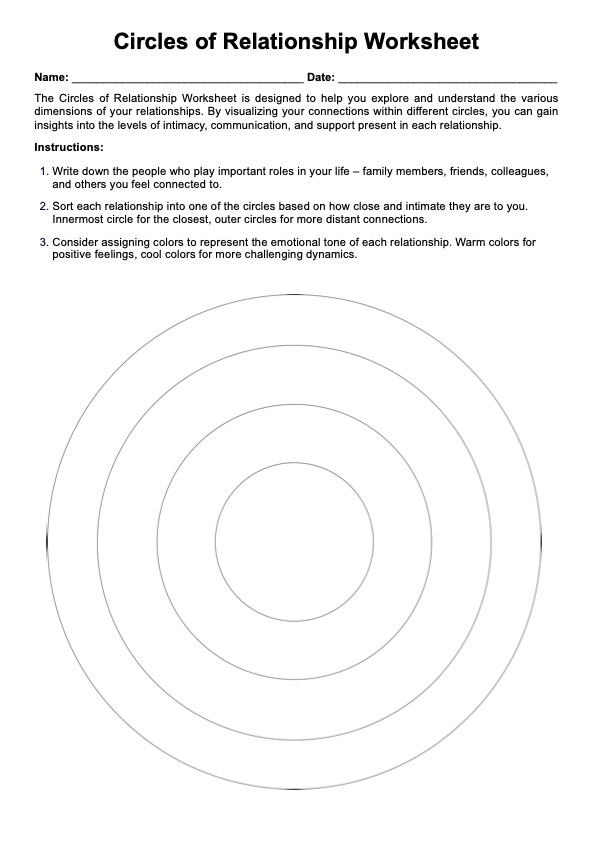
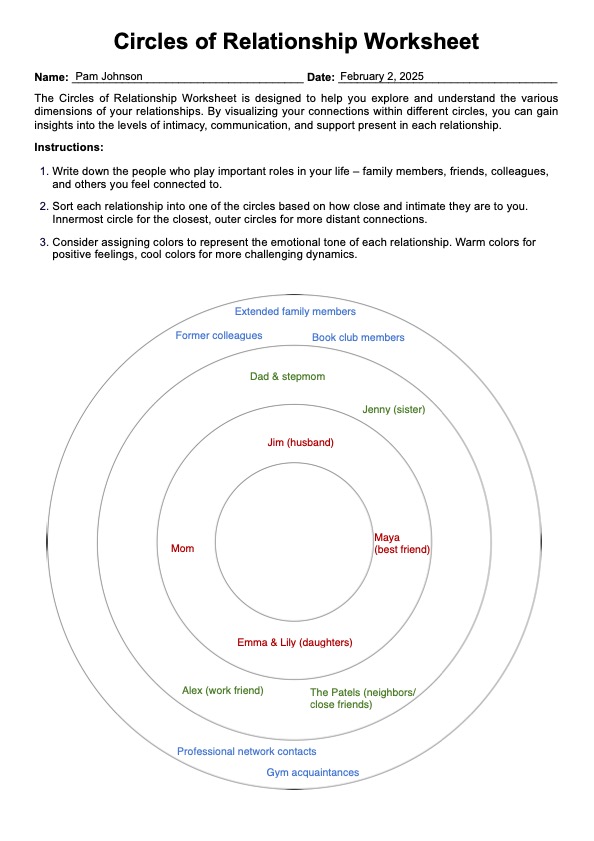













-template.jpg)


